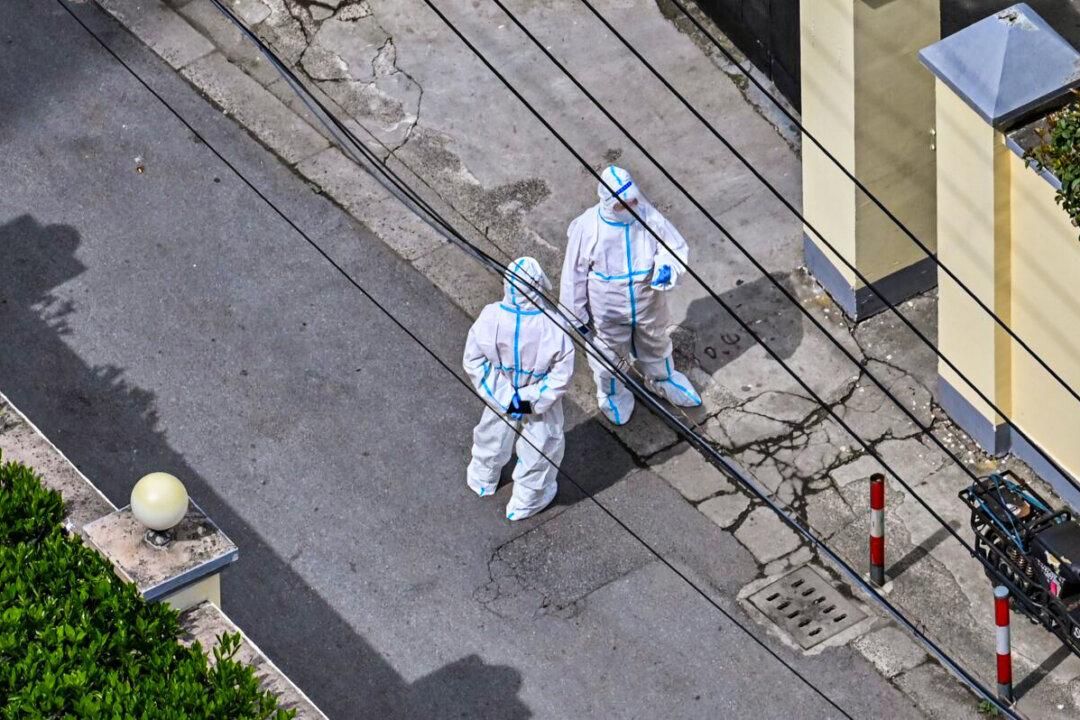Chinese officials plan to test 16 million residents living in western Shanghai in the coming days, after the city began the second phase of its lockdown on April 1, according to China’s state-run media.
Meanwhile, residents living in eastern and southern Shanghai hoping to return to normal life on April 1 after a four-day lockdown have been told that they could be confined to their homes a lot longer, a fresh sign that the city’s COVID-19 outbreak is not easing.





